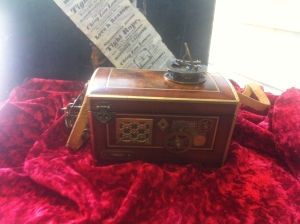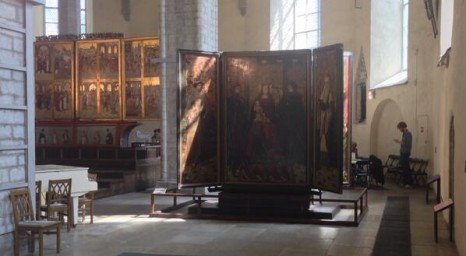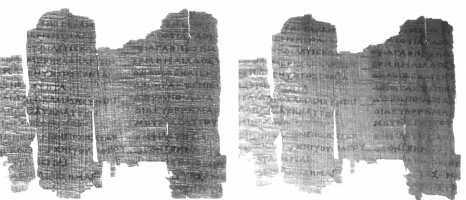
Week one – imagining the Claudian port
Rose surveying on site; an experienced archaeologist who uses art as another means to explore archaeological process and data. Photo: Hembo Pagi
It has been a fantastic first week for us all involved in the course. Above all, we have been so grateful for the depth and breadth of comments, and for your enthusiasm for the course. If you are reading this and haven’t yet signed up then please do – there is still time to join in the conversations from week one and move on to week two.
Continue reading →







